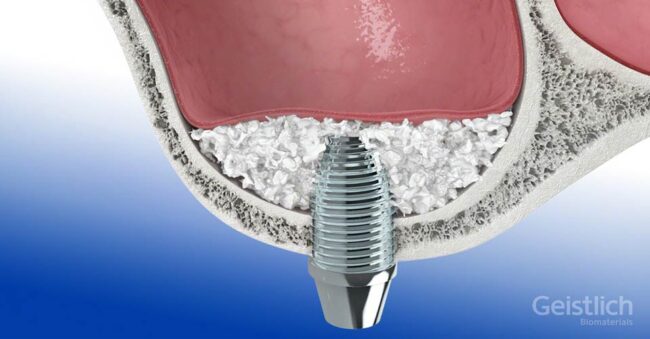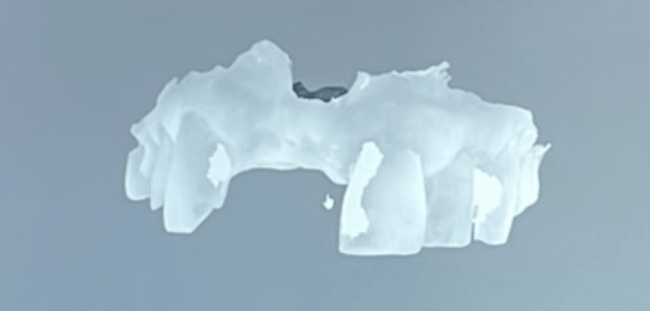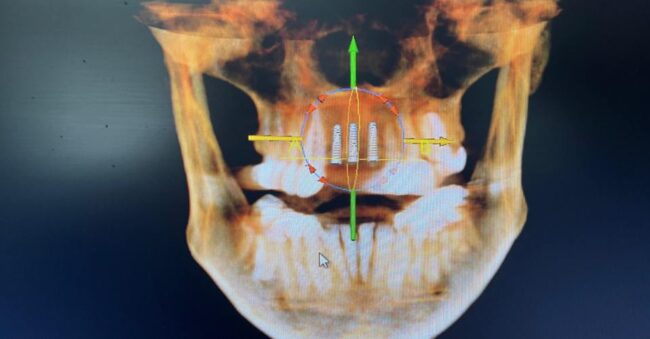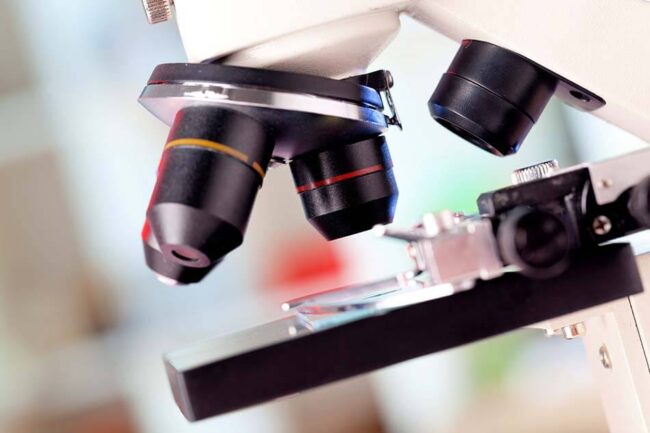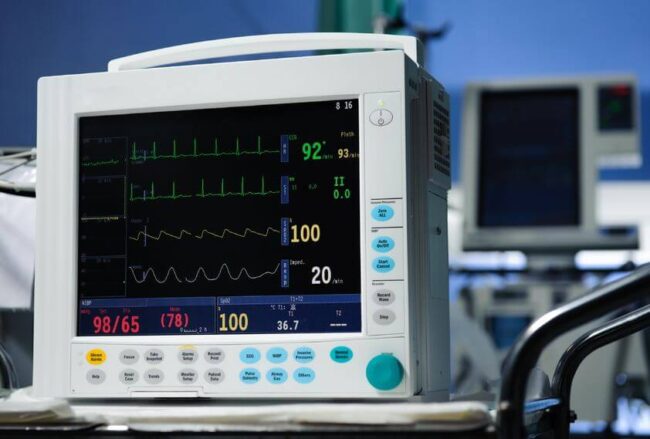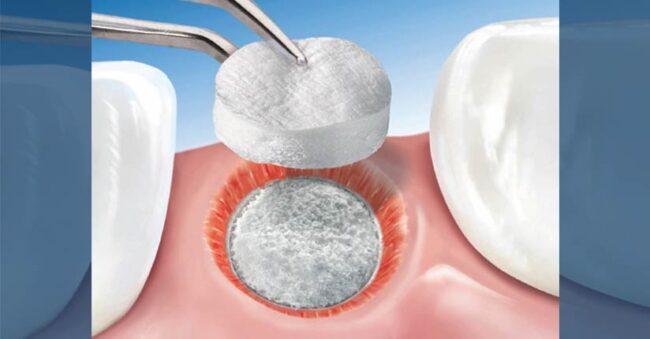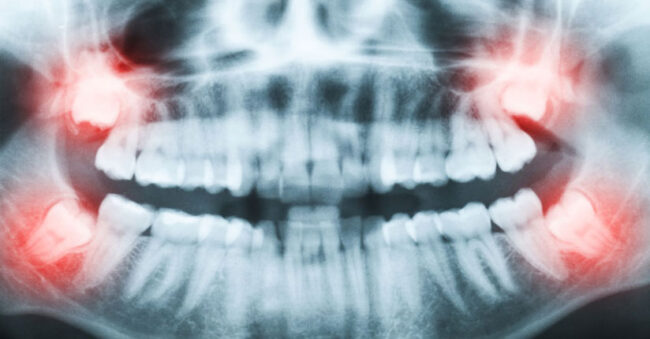Sinus Augmentation
Sometimes when an implant or implants, are planned to be placed in the upper jaw molar areas, there may be an inadequate amount of bone height. This is usually caused by expansion of the sinus (air space) from above down into the area where the molar roots used to be. The sinus floor augmentation (bone…

